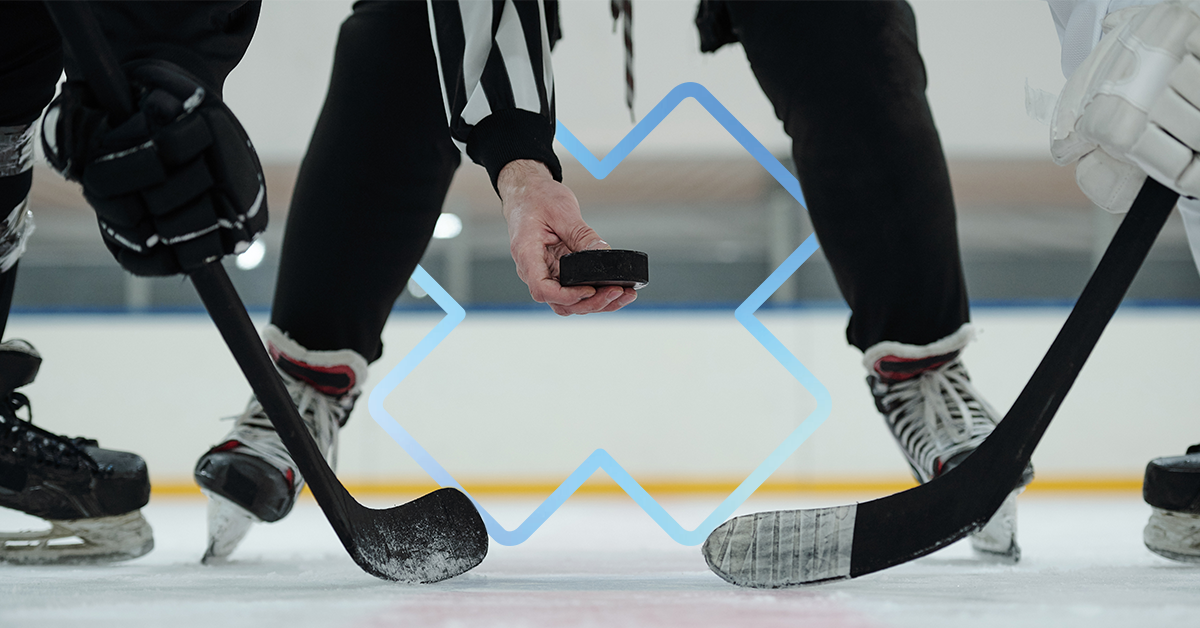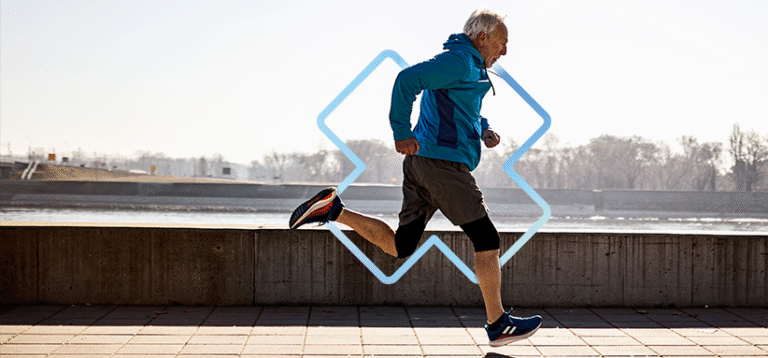Most common hockey injuries
In hockey, 45% to 86% of injuries are caused by player contact. Others result from overuse or sudden awkward movements.
Shoulder injuries
Shoulder injuries account for around 18% of all hockey injuries. The most common ones include:
-
Subluxation or dislocation of the glenohumeral joint: In simple terms, the shoulder is partially or completely “out of place.” A dislocated shoulder may be visibly deformed and should be assessed by a doctor to rule out fractures.
-
Acromioclavicular (AC) joint sprain: Depending on severity, this can involve a stretched or torn ligament connecting the collarbone to the shoulder blade. Pain is typically felt at the tip of the shoulder, especially when placing the hand on the opposite shoulder. In more severe cases, the collarbone may appear raised — a classic “piano key” sign.
Important: Never try to pop a shoulder back into place yourself — always consult a medical professional.
Hip injuries
Hip injuries affect about 10% of hockey players, especially early in the season. Common ones include:
-
Groin strain (adductor muscle strain): Caused by a sudden forceful movement while the muscle is stretched, leading to pain when contracting or stretching the muscle.
-
Muscle contusion: A direct blow to the muscle, common in contact sports.
-
Femoroacetabular impingement (FAI): Common in goalies, this causes a pinching sensation in the groin due to abnormal hip joint mechanics.
Knee injuries
About 15% of hockey injuries involve the knees. One of the most common is:
-
Medial collateral ligament (MCL) sprain: This occurs when the knee is pushed inward (valgus stress), often from a hit to the outer knee. Symptoms include localized pain on the inner side of the knee, swelling, bruising, and difficulty bending or bearing weight.
Other injuries
-
Wrist and ankle sprains are possible but less common.
-
Concussions are frequent in hockey — just like in skiing or snowboarding. (Check out our blog post: Concussions in Skiing and Snowboarding: Symptoms and Recovery)
How to reduce the risk of injury
- Preventive Physiotherapy Assessment (PPA) : A physiotherapist can assess joint mobility, muscle strength, and neuromuscular control to spot potential issues before they cause injury. You’ll receive a customized exercise program to:
- Improve strength, mobility, and control
- Prevent pain and injuries
- Enhance on-ice performance
- Off-Ice Training : A proper off-ice training routine strengthens key stabilizing muscles, boosts agility, and helps protect joints.
- Equipment and Game Rules : Always wear properly fitted protective gear and follow the game’s rules — these are essential for safety.
- Dynamic Warm-Up : Static stretching before play is now discouraged. A dynamic warm-up (like high knees, jumping jacks, or trunk rotations) is more effective at prepping your body and reducing injury risk.
What to do If you get injured
Despite the best precautions, injuries can happen. Here’s what to do:
-
Stop the painful activity immediately.
-
See a physiotherapist quickly for a full assessment. They’ll create a treatment plan tailored to your injury and help you manage pain, avoid aggravating movements, know when to return to training, and choose the right exercises.
Book an appointment at a clinic near you today.
Sources :
- Popkin, C.A., et collab. « Evaluation, management and prevention of lower extremity youth ice hockey injuries », Open Access Journal of Sports Medicine, 2016, vol. 7, p. 167-176.
- Wolfinger, C.R., et Davenport, T.E. « Physical therapy management of ice hockey athletes: from the rink to the clinic and back », International Journal of Sports Physical Therapy, 2016, vol. 11, no 3, p. 482-495.







